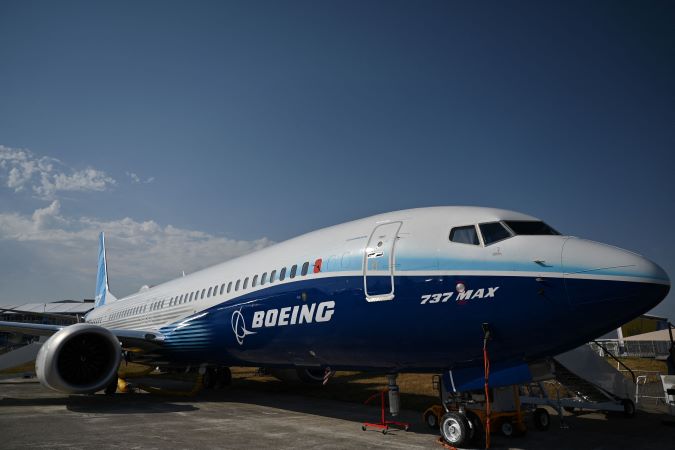Systemic shortcomings in Boeing’s quality assurance – U.S. aviation authority
 A month-long investigation by the U.S. Federal Aviation Administration (FAA) has found systemic shortcomings in aircraft maker, Boeing’s quality assurance.
A month-long investigation by the U.S. Federal Aviation Administration (FAA) has found systemic shortcomings in aircraft maker, Boeing’s quality assurance.
In the commercial aircraft division, the FAA commission found no standardised and clear way for employees to report quality deficiencies.
Employees did not understand how to use the various reporting systems and which system to use when, said the report, which was published on Monday.
Overall, there was confusion among employees about their role in safety management, the report found.
Wigwe: We are yet to confirm information on U.S. plane crash – Access Bank
“The procedures and training are complex and in a constant state of change, creating employee confusion especially among different worksites and employee groups.
“The expert panel also found a lack of awareness of safety-related metrics at all levels of the organisation,’’ the report stated.
Discussions with staff had also raised questions about whether employees feared negative consequences for reporting quality problems internally.
The commission was concerned that Boeing employees could be discouraged from reporting problems.
As part of the investigation, the commission had also asked Boeing to prove that safety was a top priority.
But documents, interviews and conversations with employees had not shown that Boeing was as fundamentally committed to the goal as the company itself claimed, it said.
In response to the findings, Boeing emphasised that it had supported the FAA commission in its work and had already taken measures to improve its quality culture.
The report would be analysed and conclusions drawn for further measures.
The aircraft manufacturer is currently under increased pressure to improve quality controls, following a dramatic incident in January.
A part of the fuselage of a virtually new 737-9 MAX with more than 170 people on board, tore out of the plane body at seat row 26 shortly after take-off.
No one was seriously injured in the incident involving an Alaska Airlines aircraft coincidentally; the two seats directly at the opening had remained empty.
Following an investigation, the U.S. National Transportation Safety Board (NTSB) determined that fastening bolts were missing from the so-called door plug.
Boeing chief executive officer, Dave Calhoun took responsibility for the error.
The FAA commission qualified that investigations into individual incidents were not part of its remit.
It, however, said the problems that became known during its work had increased its concerns.
The investigation began in March 2023.
Boeing had already come under fire five years ago after two 737 MAX aircraft crashed in separate incidents, killing a combined 346 people.
According to accident investigators, the problem lay in software supposed to assist the pilots.
Authorities around the world, therefore, imposed flight bans on the 737 MAX from March 2019.
The aircraft were grounded for more than a year and a half and were only authorised to fly again after technical improvements had been made.
The debacle cost the manufacturer billions of dollars.











